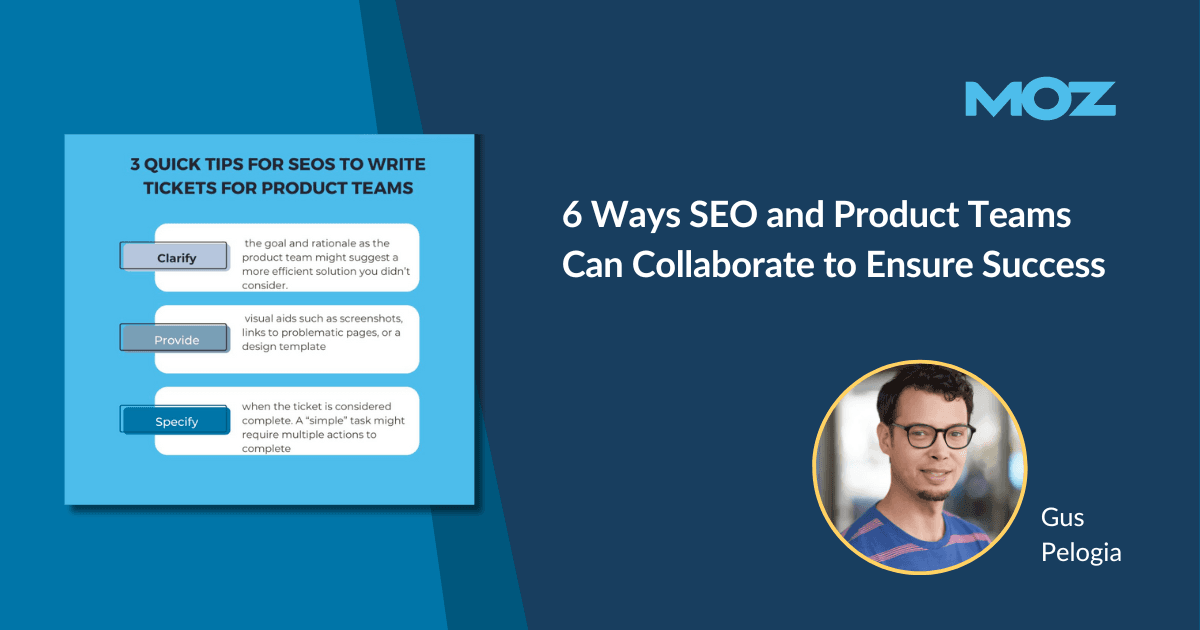Let’s consider the example of developing author pages for a blog. At first glance, this may seem straightforward, but it involves multiple components and collaboration across teams:
-
Page design (UX): The user experience team designs the layout, ensuring it’s intuitive and aligns with the overall site aesthetic.
-
Page coding (developer): Developers turn the design into a functional webpage.
-
Define content elements: The author’s name, education, biography, headshot, image, social media links, and how articles will be displayed must be considered.
-
Integration points: Deciding where the author page links from and how it connects with the rest of the site.
-
Structured data: Implementing a template for author structured data to enhance SEO and visibility.
Once you’ve got all the above, collect information about your authors. Their bios should highlight their expertise on the topic, enhancing the page’s credibility.
The UX and development teams must align on the page’s final look, including the placement of the bio module both within articles and on the author pages themselves.
The PRD should articulate the expected impact of the author pages, weighing the effort and impact against other potential initiatives. It should also outline when and how other stakeholders can contribute, fostering a collaborative environment.
6. Developing MVPs
Developing Minimum Viable Products (MVPs) is a strategic approach that allows for testing new features on a smaller scale before full implementation. This method reduces the risk of failure by validating concepts with minimal resources. For instance, if you’re considering introducing an internal link feature, start by applying it to a single domain or category of pages. This restraint conserves resources and ensures your initiative doesn’t sideline other valuable projects.
Let’s look at another example. You assume a certain structured data type will benefit your pages. Implementing your structured data type on a select group of pages provides the assurance to proceed confidently rather than making widespread changes based on assumptions.
When creating specific page types, such as subcategories, to enhance topic authority and user navigation, begin with underperforming categories. This focused approach allows for adjustments based on tangible outcomes, facilitating stakeholder buy-in for broader application.
Ultimately, MVPs enable you to demonstrate the effectiveness of new features or strategies, making it easier to justify their expansion across your site. This iterative process ensures continuous improvement and aligns with efficient resource allocation and strategic planning.
7. Feedback loops and iterative processes
Turning good into great is not just a challenge for product teams; it’s something you, as an SEO, should also strive for. Suppose you’ve implemented structured data that showcases your company’s pricing and reviews directly in the SERPs. Why not take it a step further?
Consider incentivizing more reviews, adding product availability, or appearing in merchant listing experiences.
